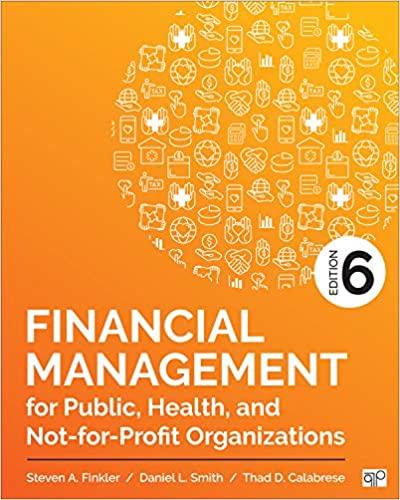

Determine which of the following individuals will have access to a higher withdrawal through an assumed 25 years of retirement (Assume all transactions are at the end of year)? + 1. Mary is 25 years old and is planning for retirement at the age of 65. Mary is very conservative and only looks for low-risk, high safety assets to invest in. While Mary recognizes that a more aggressive investment approach could potentially provide a greater return, she believes a steady and consistent strategy will pay off. With this in mind, Mary looks to invest $5,000 every six months from now until she retires and anticipates safe investments should be able generate an annual return of 4%. Given her safe approach, Mary believes that during retirement, she should also be able to invest the funds at the 4% annual interest rate. But most importantly to Mary, she believes taking this approach will allow her to be hands off on her investments and they will take care of themselves. 2. Peter is 40 years old and has yet to start saving for his retirement in 25 years. Peter believes that everything will work out because if he invests in high-return, high-risk investments that he should be able to generate a 10% return. Additionally, Peter knows that in 10 years he is inheriting $100,000, which he will also invest in high-return investments. Given this strategy, Peter plans to start saving $7,500 per year towards retirement in 5 years as there are too many things to see and experience right now. Peter believes he will need to reduce his risk in retirement and all investments after retirement are expected to earn an annual rate of return of 6%. At the end of the day, Peter believes if he falls short of his target of $7,500/year that he can just find investments that offer a higher return. 3. Paul is 50 years old and has always worried about his retirement in 15 years. Unfortunately, Paul has never been in a position to save much, but he has routinely put $3,000 away for the last 25 years. His investments have always provided an annual return of 5% and he plans on putting $3,000 away every year until retirement. However, Paul's life has just taken a turn for the better as he won $250,000 in the lottery! Paul is about to invest $200,000 of this winning into his retirement plan. However, he wants to diversify his risk. He plans on investing $75,000 in an instrument that offers an annual return of 12%, but must be held for 15 years. The balance of the $200,000, will be invested at a very conservative rate of 4%. Paul believes prudence is important in retirement, and he plans to invest all funds at an annual investment rate of 5% during his retirement. 1. Calculate the amount of savings Peter, Paul and Mary can achieve by the time they reach 65 and then determine what they could annually draw from that investment during the 25 years of retirement. Who will have the most income to spend annually in retirement? 2. What would happen to Mary's portfolio and retirement planning if she invested in assets that offered a 5% return instead of the 4% used in the calculations in Part 1? Who would have the greatest income in retirement then? 3. Peter, Paul and Mary's co-worker Albert thinks their retirement plans sound attractive. Albert decides he needs to have an annual income equal to the average of Peter, Paul and Mary's incomes in Part 1 during his retirement years. However, he wants to invests his money quarterly during the next 35 years. Assuming an annual interest rate in retirement of 5% and an annual interest rate before retirement of 6%, how much will Albert need to invest every quarter for the next 35 years? 4. If Albert wants to go on his vacation of a life time in 10 years and it will cost $150,000, how much will Albert need to invest on a quarterly basis to achieve his retirement goal? 5. Based on the discussion of personal financial planning in Chapter 1, describe one error that Peter, Paul and Mary are making with their retirement plans








